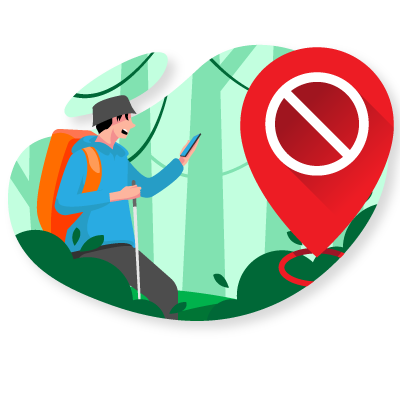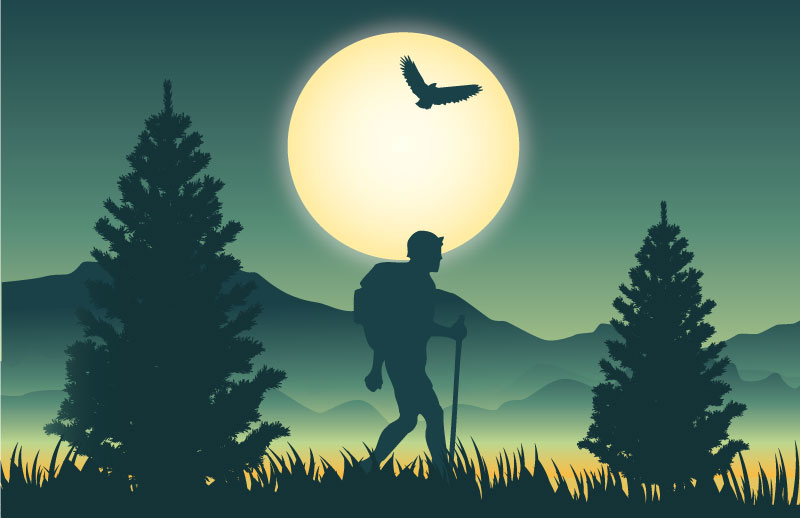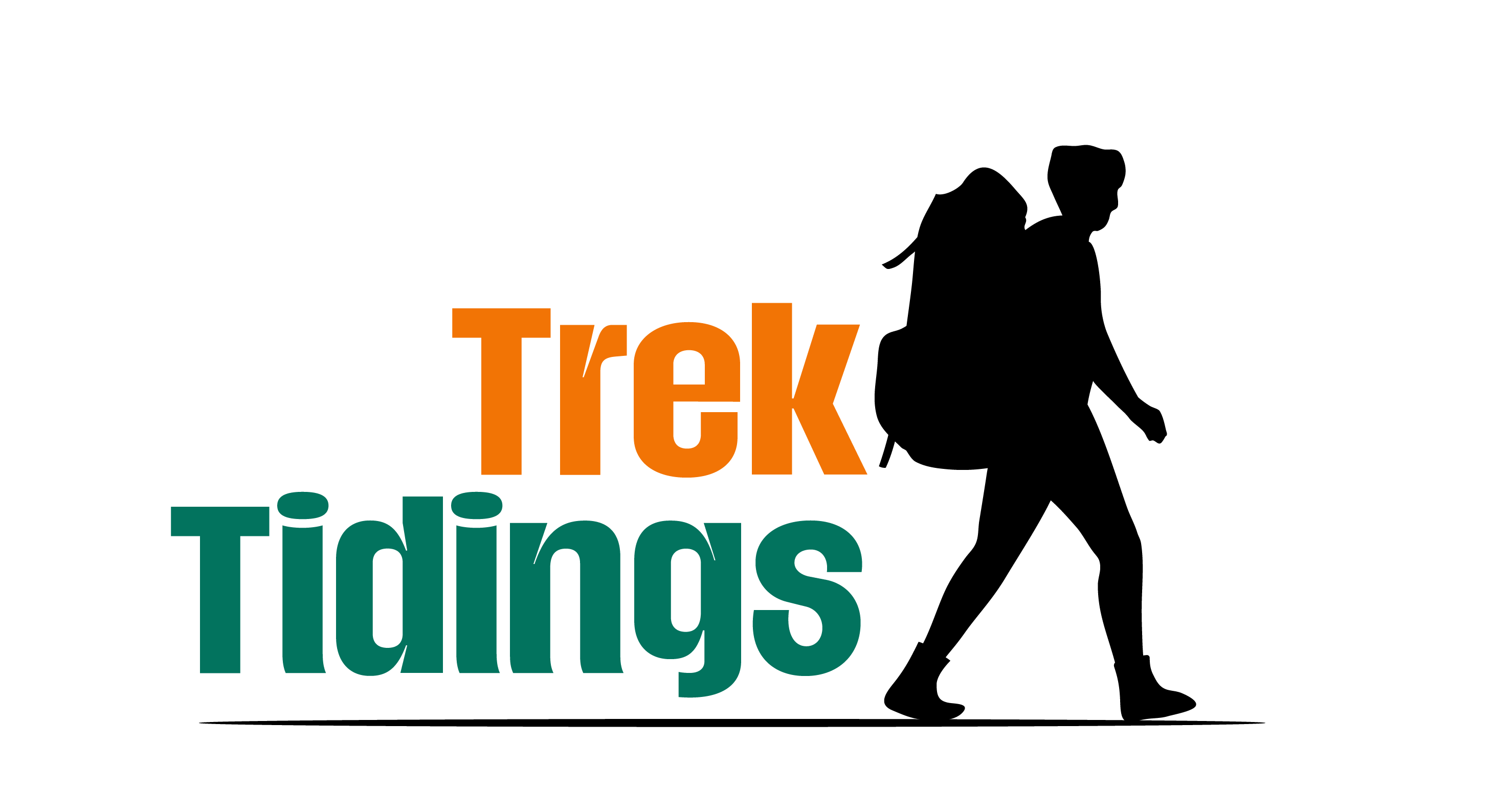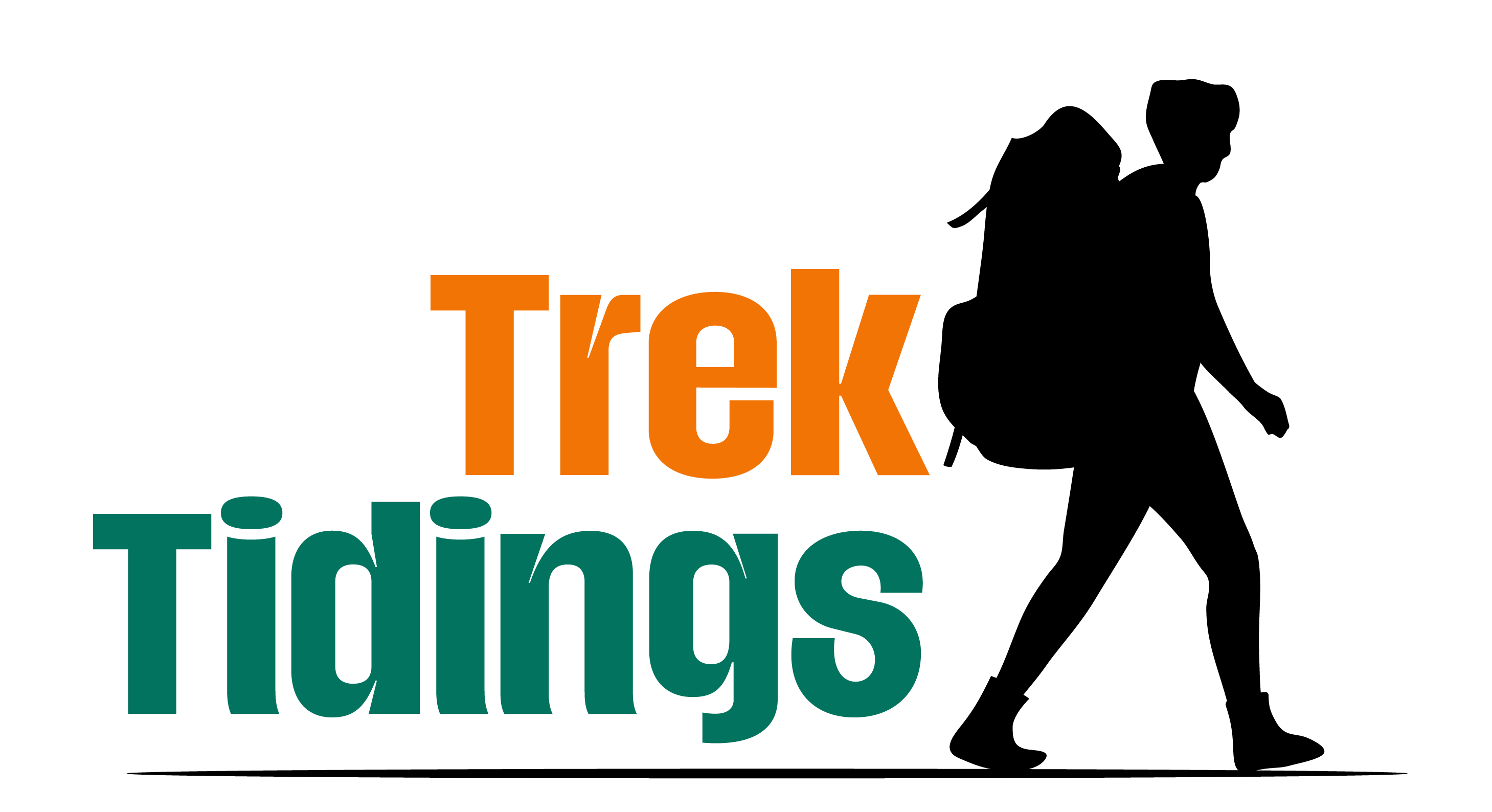An In-Depth Look at the Risks and Rewards

By Jeffrey Davis - Published: June 26, 2022
This is an in-depth look at the pros and cons of solo hiking.
In this article, we will answer the following questions.
Is hiking alone safe?
What are the Pros of Solo hiking?
What are the Cons of Solo hiking?
And lots more.
So, if your are ready let’s get started.

There’s no doubt that hiking alone is a great way to get some exercise and enjoy the great outdoors.
However, many people are hesitant to go on a hike alone for fear of running into danger.
Is hiking alone safe?
What are the risks and rewards associated with hiking alone?
Yes, while solo hiking can be fun and fulfilling, there are also risks associated with it, and it is important to be fully aware of them before you set out on your next hike.
In this blog post, we will answer those hiking related questions and more!
We will discuss the pros and cons of solo hiking.
We hope that after reading this post, you will have a better understanding of whether or not hiking alone is safe for you!
Is Hiking Alone Safe?
To recapitulate, hiking alone can be safe if you take the proper precautions.
Make sure you are familiar with the area you will be hiking in, carry a map and compass, and let someone know your itinerary.
It’s also a good idea to carry self-defense weapons and a first-aid kit.
Be prepared for anything
Benefits of Hiking Alone

There are many benefits to hiking alone.
In this section, we will discuss some of the most notable ones.
Hopefully, it will help you to answer the question: is hiking alone safe?
Move At Your Pace
having the luxury of moving at your desired pace is one of the main advantages of hiking by yourself.
You can take as much time as you want to rest, enjoy the scenery, and take photographs without feeling rushed.
This is especially beneficial if you are not an experienced hiker and need to take frequent breaks.
Total Freedom
Hiking alone can offer a sense of freedom that is difficult to find when hiking in the company of others.
You can hike wherever you want, for as long or short as you want, and take any detours that you please without having to coordinate with anyone else.
This can be a great way to explore new areas and find hidden gems that you might not have otherwise discovered in the company of others.
Appreciate Nature
Hiking in the company of others can sometimes be distracting.
You might find yourself talking more than enjoying the sounds of nature.
Hiking alone can help you to appreciate the beauty and peace of nature without distractions.
This can be a great way to de-stress and unwind after a long week.
Deep Thoughts
Being surrounded by nature can offer a sense of perspective that is difficult to find in the hustle and bustle of everyday life.
Hiking alone can give you time to reflect on your life, goals, and relationships.
This can be a great way to gain clarity and direction in your life.
Opportunity to Learn New Languages
You will be surprised how much you can learn about different cultures and languages by hiking alone.
When you are in the company of others, it is easy to stick to your native language.
Hiking alone gives you the opportunity to practice your language skills with locals and learn about their culture firsthand.
This can be a great way to immerse yourself in a new culture and make friends from all over the world.
Risk Associated with Hiking Alone
As with everything in life, there are also risks associated with hiking alone.
In this section, we will discuss some of the most common ones.
Hopefully, it will help you to answer the question is hiking alone safe for you.
Possibility of Getting Lost
The first and most obvious risk is that you could get lost.
Hiking in familiar territory is one thing, but if you’re venturing into unknown territory, it’s important to be aware of the potential for getting lost.
Make sure you have a map and compass with you and know how to use them.
It’s also a good idea to let someone know where you’re going and when you expect to return.
If possible, leave a detailed itinerary with them.
This way, if something happens and you don’t return when expected, they will know where to start looking for you.
Another good idea is to carry a GPS device with you.
This way, if you do get lost, you can call for help and give your rescuers your exact location/coordinates.
Chances of getting Attacked by Wild Animals
Another risk associated with hiking alone is the chance of getting attacked by a wild animal.
This is more of a concern if you are hiking in an area where there are known to be dangerous animals, such as bears or mountain lions.
Make sure you know what to do if you encounter a dangerous animal while hiking.
It’s also a good idea to carry a can of bear spray and an ultrabright flashlight with you.
This will give you a chance to defend yourself if necessary.
Chances of getting Attacked by Humans
Getting attacked by wild animals is not the only risk you face when hiking alone.
There is also the possibility of getting attacked by humans.
This is more likely to happen if you are hiking in an area that is known to be unsafe, such as a remote forest or a city with high crime rates.
As with wild animals, it’s important to know what to do if you are attacked by a human.
Carrying self-defense weapons, such as pepper spray, tactical flashlights, baton, knife, etc. can help you to defend yourself if necessary.
More Difficult Trail Than Expected
It is no surprise that things don’t always go as planned.
This is especially true when hiking alone.
It’s important to be prepared for the possibility that the trail you are on may be more difficult than you anticipated.
Make sure you have plenty of food and water with you, as well as a first-aid kit.
It’s also a good idea to wear appropriate clothing and footwear.
If the weather is bad, make sure you have the proper gear to keep yourself warm and dry.
In short, be prepared for anything!
Risk of Injuries
The terrain for hiking is often not as smooth and well-manicured as that of a sidewalk.
This means that there is an increased risk of tripping, falling, and getting injured when solo hiking.
Make sure you know how to properly treat any wounds you may receive.
It’s also a good idea to carry a first-aid kit with you, just in case.
If you are injured and cannot continue hiking, you will need to know how to call for help.
Make sure you have a working cell phone with you and know the emergency number for your area.
It’s also a good idea to carry a whistle with you.
This can be used to signal for help if necessary.
While waiting for help to arrive, it becomes necessary to camp somewhere safe.
Make sure you know how to set up a basic camp and build a fire.
This will help you to stay warm and dry and also keep wild animals away until help arrives.
Conclusion: Is Hiking Alone Safe?
Sadly there is no specific answer! The answer depends on how well you are prepared and the hiking trails involved.

